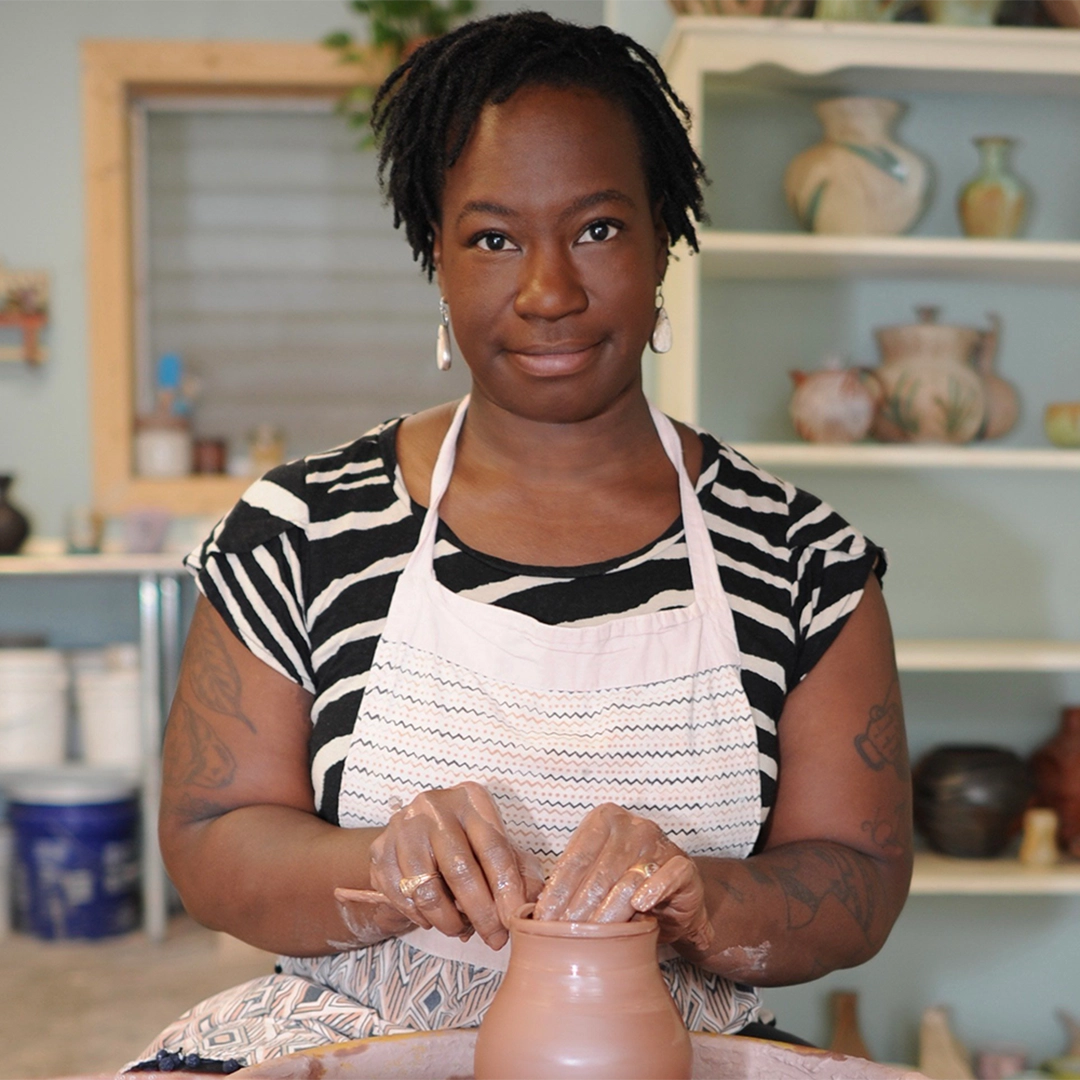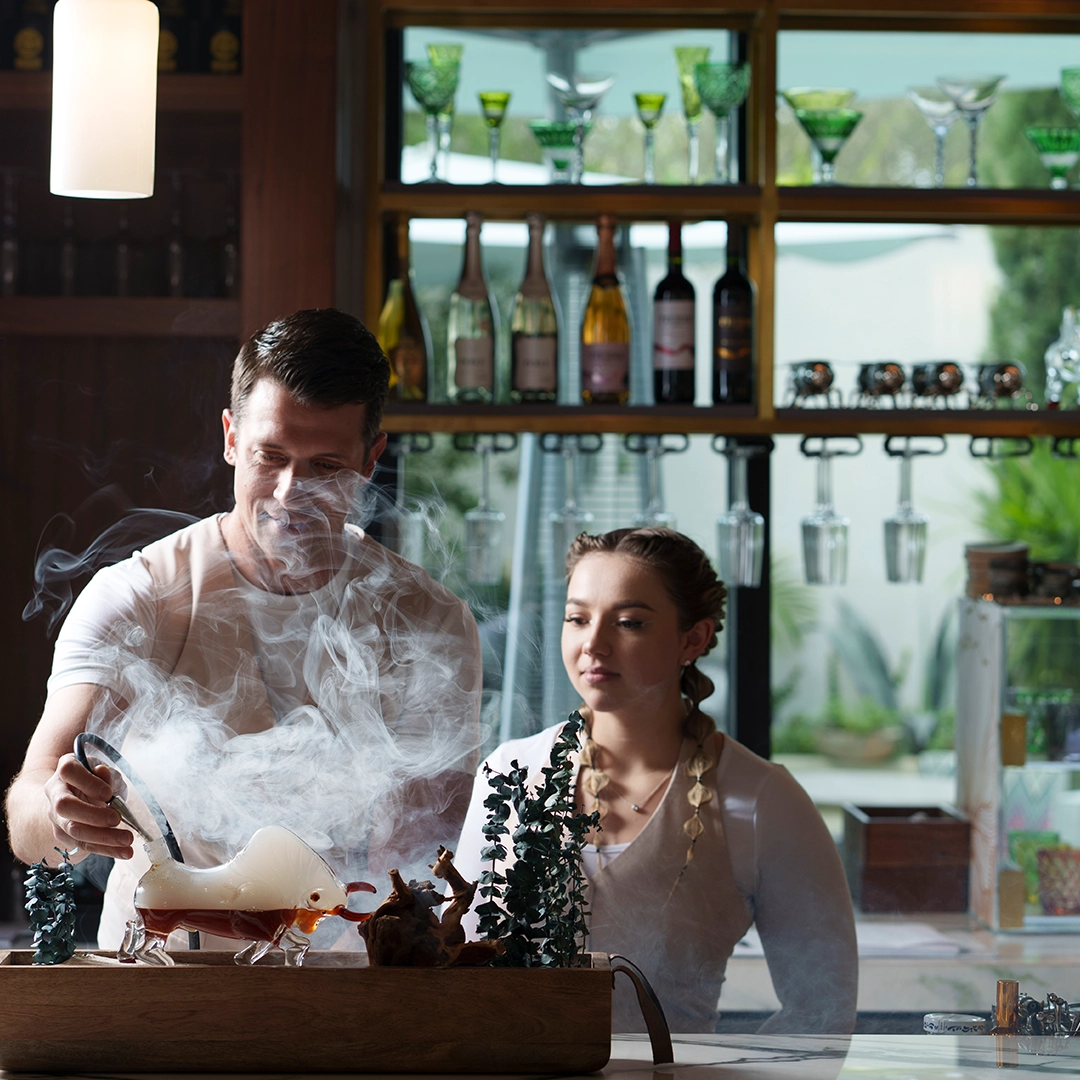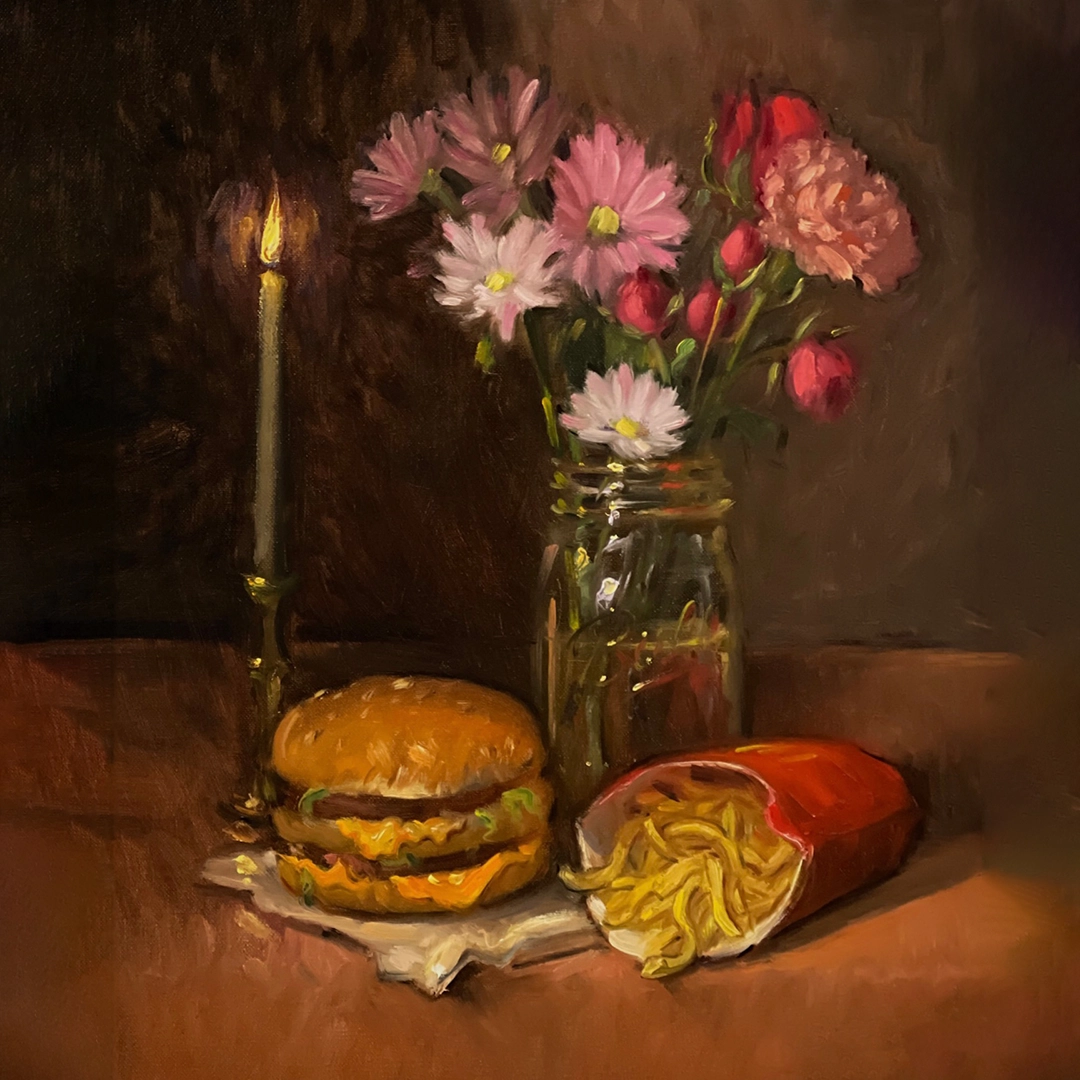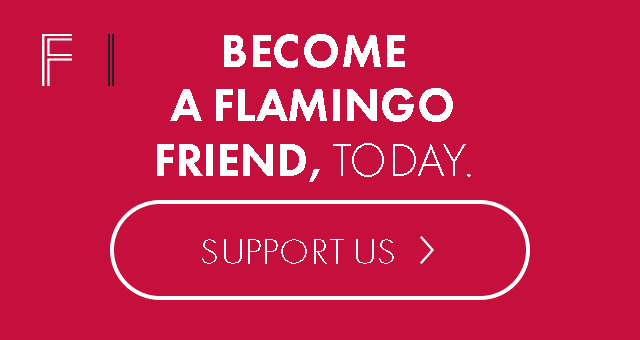by | September 5, 2025
How Romero Britto Made Miami His Artistic Haven
Romero Britto shares about his creative journey to artistic stardom in Miami, notable projects with global brands and his new documentary, “The Britto Doc.”
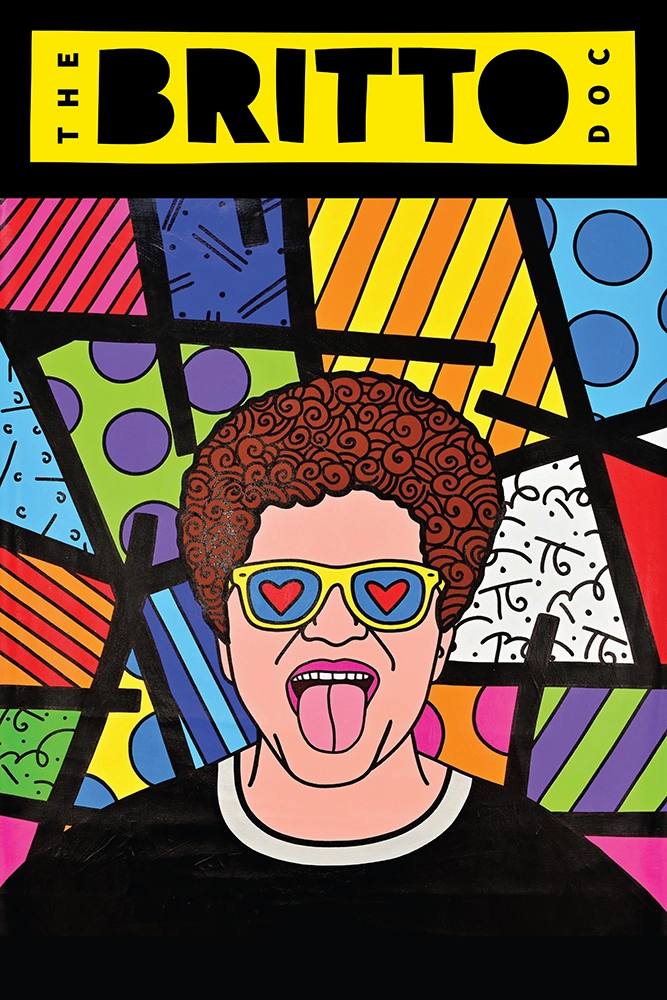
When Romero Britto first saw “The Britto Doc,” a documentary streaming on Amazon Prime Video and Apple iTunes that tells the story of his rise from a Brazilian favela to worldwide artistic stardom, he couldn’t help but cry. Initially, he was a little reluctant about making the film, but Britto ultimately spent two years working with director Patrick Moreau on it and was instantly overwhelmed by what he’d created.
“It was very emotional to me,” Britto tells Flamingo. “It was an opportunity to share my work and story with as many people as possible. But I usually don’t talk about my past.” Instead, Britto likes to focus on the endless possibilities of the future. That’s why he makes his art as empowering and optimistic as possible. He combines pop art, cubism and graffiti styles using bright colors, striking patterns and positive characters. The result radiates a contagious joy that Britto hopes viewers take with them.
Britto’s creative point of view has garnered him great success. As “The Britto Doc” points out, he is the most licensed artist in history. He’s worked with brands like Disney and Coca-Cola and created huge public installations for events like the Super Bowl and FIFA World Cup and in locations such as London, New York, Mexico City, Berlin and across his home base of Miami. Celebrities from Michael Jordan and Barack Obama to Marc Antony, DJ Khaled and Arnold Schwarzeneger have purchased his art, with the latter trio appearing in the documentary to praise Britto and his impact.
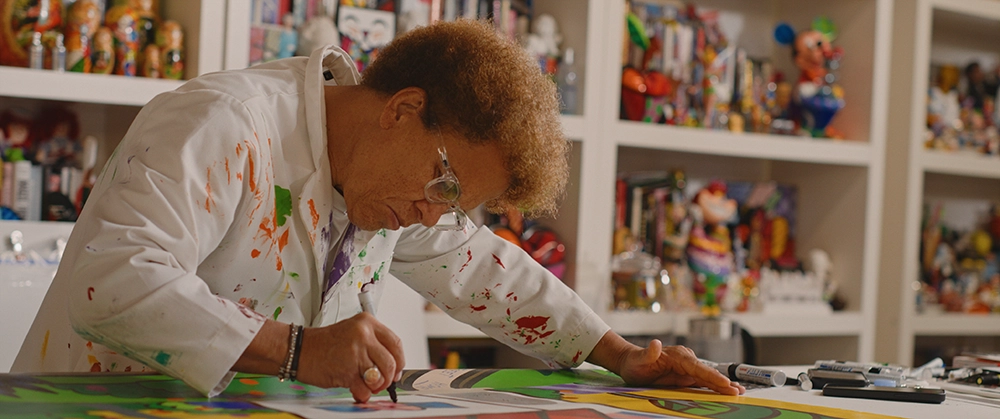
It was surprising that Britto made Miami his artistic haven in the mid 1980s. Born in the city of Recife, Brazil, he was raised alongside eight brothers and sisters. After dropping out of law school, Britto traveled to Europe in 1983. He focused on his art, traveling to Paris and London and immersing himself in the work of Henri Matisse and Pablo Picasso as he sought to define his own creative point of view. “It was a whole process of discovery and mastering my work. It was daily learning, making new discoveries, but not being 100% sure.”
After visiting a friend in Miami, he instantly became smitten with the Magic City. “It just reminded me a lot of where I was born. The tropical climate. The ocean. The diversity of people. The beautiful energy.” But while Britto felt a connection to the city, he still struggled as he sought to establish himself, all while working odd jobs. This coincided with Miami’s own rapid expansion. “I feel like I grew with Miami. There were all these incredible people moving here—lots of photographers, magazines doing pieces on Miami Beach. There was something happening here. It was a whole renaissance. My work evolved with the city and the people in the city supported my art.”
Over the decades, Britto has watched as museums, galleries and events popped up across Miami, helping to make it one of the premiere art destinations in the world. But while he loves the beaches, constant sunshine, ocean and palm trees of Miami, his favorite thing to do is get up in the morning, go to his studio and paint.
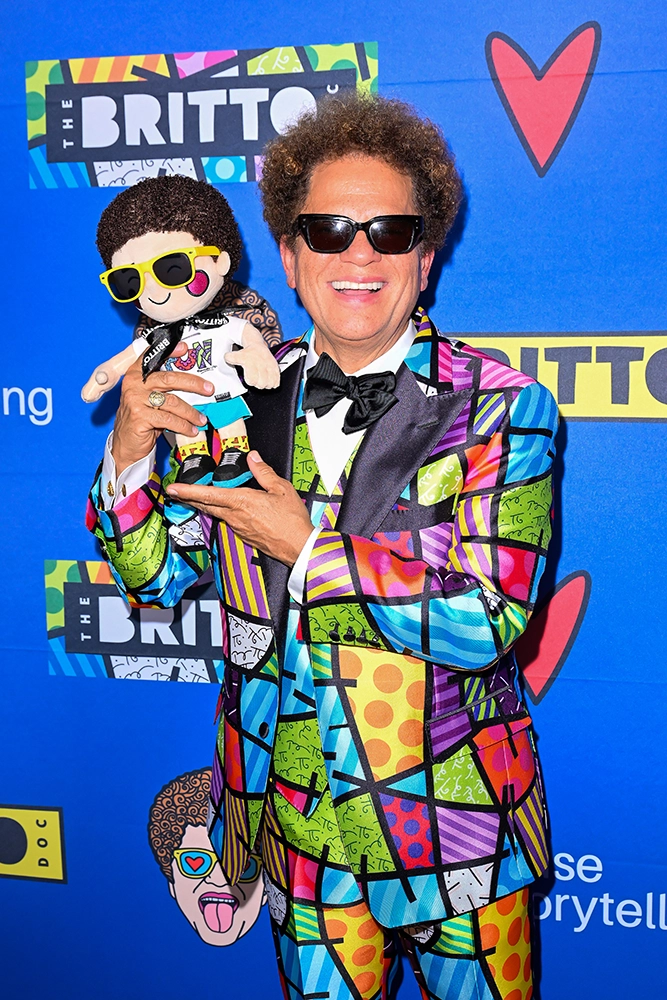
Britto’s career really exploded when he was commissioned to design the artwork for a 1989 Absolut Vodka campaign. Even though it was Britto’s first licensing deal, he was selected alongside a variety of iconic artists, which included Andy Warhol, Keith Haring, Jean-Michel Basquiat and Damien Hirst. Not only was his work immediately elevated as a result, Britto’s eye-catching use of loud colors made his bottles stand out. Soon after, some of the biggest brands around the world asked Britto to work on their advertising campaigns, then galleries and museums on different continents were buying his work and his style was provoking a response from fans and critics alike. While there were those that basked in the warm feeling his pieces created, others saw his work as materialistic and shallow.
Ever the optimist, Britto was just happy to have the opportunity to express himself through his work. “I was able to sell my art. I felt like more people were recognizing my art. In different ways they were telling me to keep painting. Many people started telling me that my art made them feel so happy. That was such a special thing to hear.”
It was a whole renaissance. My work evolved with the city and the people in the city supported my art.
—Romero Britto
In Brazil, Britto had to overcome various hardships. “I had traumas and a hard time growing up. I was never a priority. I felt like nobody saw me.” Looking back, Britto admits this might have unconsciously pointed him in the direction of making such unabashedly happy pieces.
Ultimately, Britto sees his art “as a universal language” that everybody can understand. “We all want love. We all want respect. We all want a beautiful life.” He hopes viewers of “The Britto Doc” will be inspired by his own remarkable journey, from Brazilian poverty to one of the world’s most recognizable contemporary artists, so they can find their own paths to success. “When you’re young, you can never imagine that you’ll make it. But there is opportunity for everyone out there. You just have to dream. I hope that my art can be an inspiration.”

